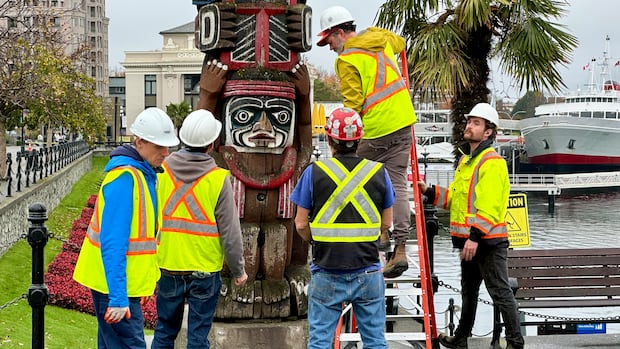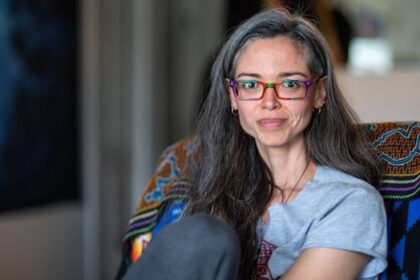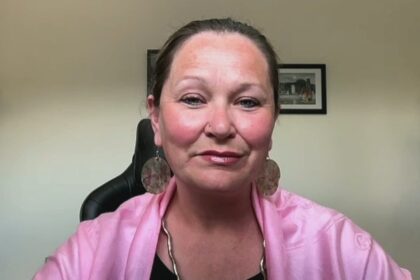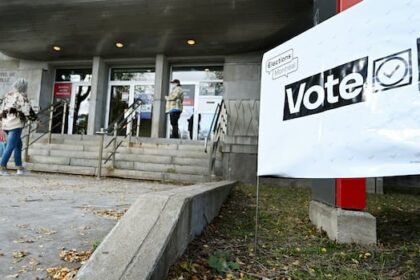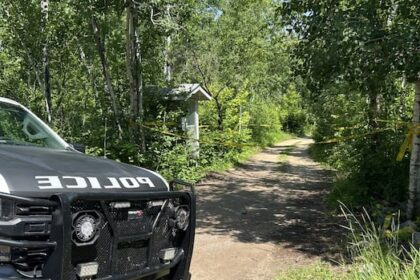British ColumbiaA totem pole that has stood in downtown Victoria since 1966 has been removed and will travel to Fort Rupert, on north Vancouver Island. While the pole was originally commissioned to be in the capital, it is starting to age and so will lie in a cradle in the home community of Henry Hunt, who carved it. The pole has stood in downtown Victoria since it was commissioned by B.C. in the 1960sCBC News · Posted: Oct 22, 2025 6:08 PM EDT | Last Updated: 4 hours agoA group of workers prepare to remove Kwakiutl Bear Pole from Victoria’s Inner Harbour. The boy seen on the pole is Stan Hunt, son of the carver Henry Hunt. Stan Hunt and his siblings will take the pole to their home community of Fort Rupert on northern Vancouver Island. (Kathryn Marlow/CBC)A carved cedar totem pole that has stood in Victoria’s Inner Harbour since 1966 will be “retiring” in Fort Rupert, the home community of the person who carved it. The province commissioned Kwakwaka’wakw artist Henry Hunt to create the pole as part of a project commemorating the 1866 union of Vancouver Island and B.C. mainland. The Greater Victoria Harbour Authority (GVHA), which owns the land the pole stands on, said it repaired and repainted the pole in 2014, but further deterioration has prompted its move to Fort Rupert on northern Vancouver Island.Kwakiutl Bear Pole stood in Victoria’s Inner Harbour from 1966 until 2025. As it was beginning to deteriorate, it was removed and sent to Fort Rupert, the home community of its carver, Henry Hunt. (Richard Davies/Greater Victoria Harbour Authority)“This totem pole has been an important part of the waterfront for decades and has been enjoyed by countless visitors and residents,” said Judith Ethier, acting CEO of GVHA, in a statement. “As it reaches the end of its time in the Inner Harbour, we are honoured to return it to the Hunt family with gratitude for its enduring presence and the stories it has carried.”Kwakwaka’wakw carver Stan Hunt’s father, Henry, was commissioned to carve Kwakiutl Bear Pole in the 1960s. (Kathryn Marlow/CBC)Called Kwakiutl Bear Pole, it shows a bear holding a copper plate and a small boy — Hunt’s son, Stan. Stan Hunt, a carver himself, told CBC News that it’s better to let poles rest when they age, which he refers to as “retiring.” “They’re so beautiful when they’re that old,” he said.“At some point it’s better to just … let them be beautiful and bring them in, lay them down and put them on a cradle and let them age by themselves and let people see them getting old.”He has plans to let the pole rest near the elementary school at Fort Rupert where children and others can see it. The pole will be driven nearly 500 kilometres from Victoria to Fort Rupert. (CBC/Google Earth)Several prominent carvers have come from the community, including Mungo Martin and several members of the Hunt family. While their work is seen in cities like Victoria, Vancouver, and Ottawa, Stan Hunt says children in Fort Rupert aren’t always aware of their legacy. He hopes having poles like his father’s in the community will help change that. “Those little kids will start seeing what our grandparents did and their uncles and aunts did … I feel like it’s proper to teach our children,” he added. The harbour authority says a cedar planter will be installed in place of the pole while it consults with the Songhees and Esquimalt First Nations on new artwork.with files from The Canadian Press
Prominent totem pole ‘retiring’ from Victoria’s Inner Harbour, going to home community of carver
